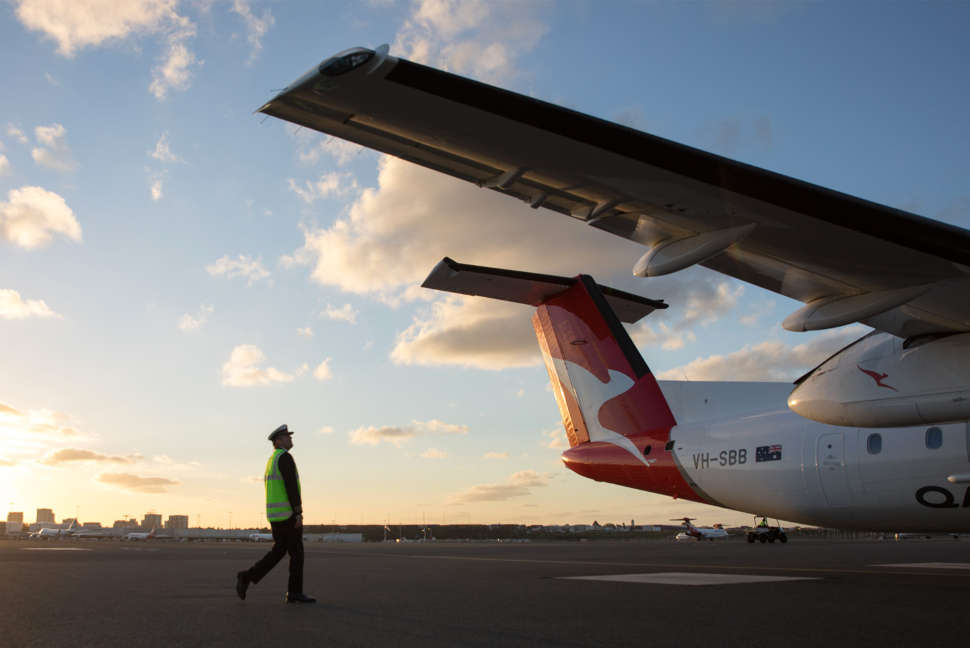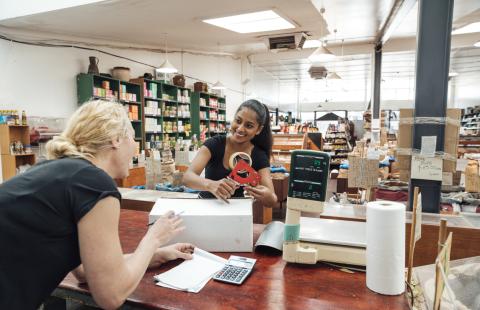Sue Logie has probably had a hand in more than a million trees and shrubs being planted across the Murray region.
Sue runs the Seed Services team within Murray Local Land Services, which harvests and processes native seeds for revegetation projects and local nurseries.
“I’ve been involved in this work for over 24 years, so I think the number must be pretty high,” she says with a laugh. “It’s pretty satisfying when you think about it like that.”
Each year over summer, Sue and her team are out in the field collecting the seeds, but recent dry seasons and poor spring rainfall have resulted in limited seed set on many native plants, making the task of collecting seeds increasingly hard.
“Fortunately, we’ve been able to access our seed production areas, which have provided up to 80 per cent of the 240kg of seed harvested this year,” Sue says
Seed production areas (SPAs) are sites designed to provide large quantities of genetically diverse, quality seed from a variety of species.
“SPAs were first established in our catchment 20 years ago,” she explains
“At this time, it became apparent that native vegetation on roadsides and public lands could not supply the quantities of seed required for large-scale direct seeding. SPAs are now our primary source of seed for all our revegetation projects.”
Direct seeding is a method of revegetation which sows seed directly into the ground with a purpose-built machine towed by a four-wheel drive. It uses approximately 1 kg of seed for every 1.5 ha planted.
“It’s a fast and efficient way to get the seeds into the ground,” Sue says.
Harvesting seed from SPAs has the following benefits:
- Remnant vegetation along roadsides and public land is left unharvested, allowing native wildlife (birds, ants and other insects) full access to the food resource.
- SPAs attract native birds and animals and become on-farm hotspots for wildlife.
- SPAs help to reduce the cost of seed harvest by decreasing travel and concentrating the number of species to one site.
However, SPAs do need to be managed and maintained to keep them productive. The average productive life of shrub species planted in a SPA is between 10-12 years, and this excludes the three to four years it takes to establish before they become productive.
Sue says that over the past 24 years, the team has improved the way it designs and selects species provenances (location of origin) to enhance genetic diversity and resilience to climate change.
“We currently have 12 active SPAs in our catchment and several in the establishment phase,” she says
“With good spring rains we hope for a bumper harvest this year.”
Landholders, community groups and government agencies are encouraged to contact Susan Logie at Murray Local Land Services on






